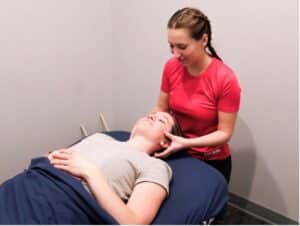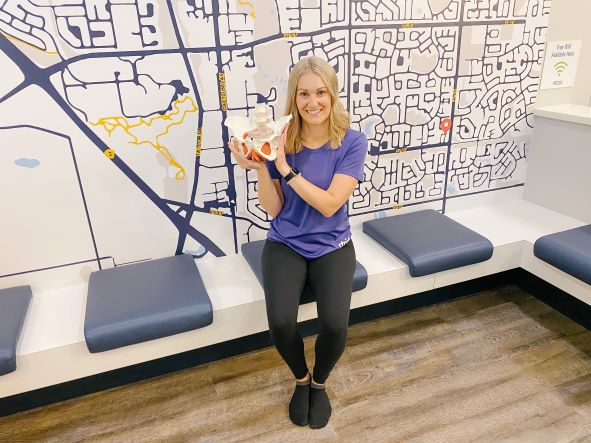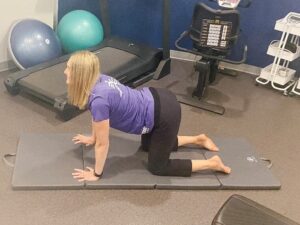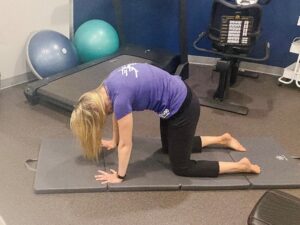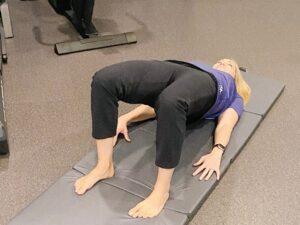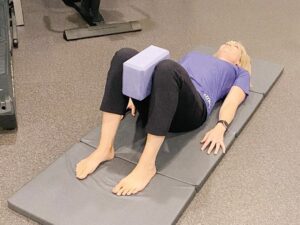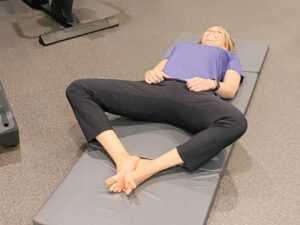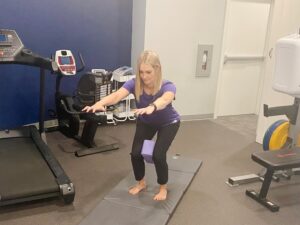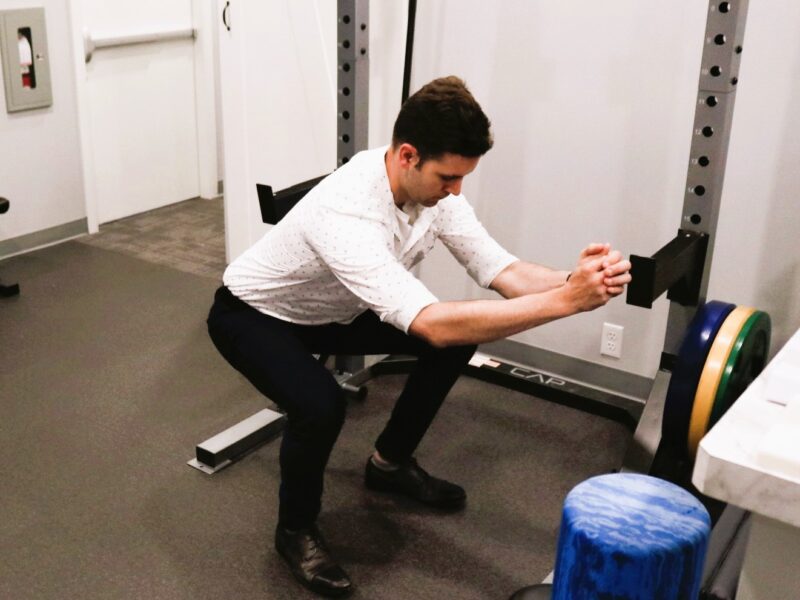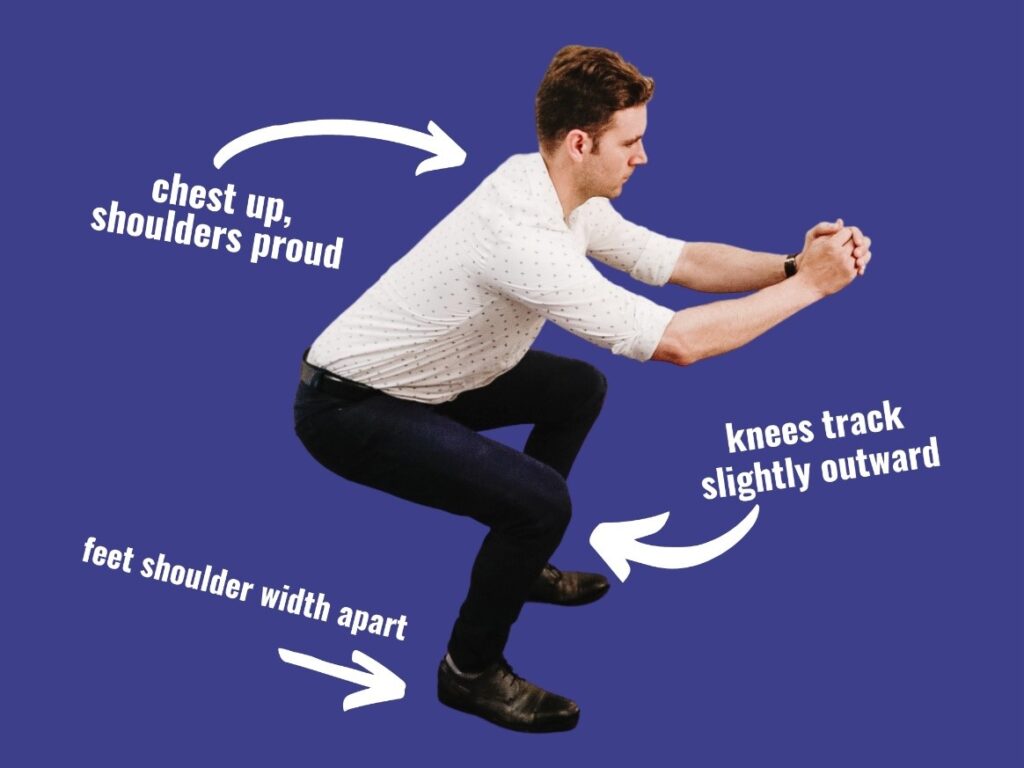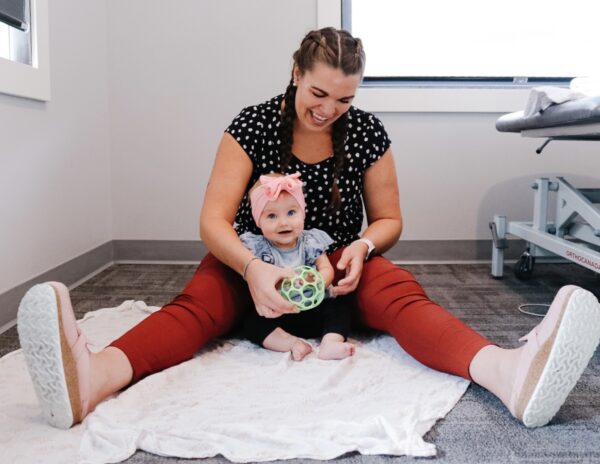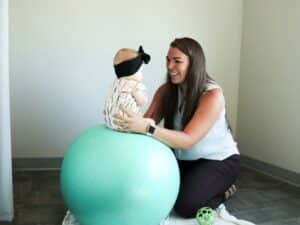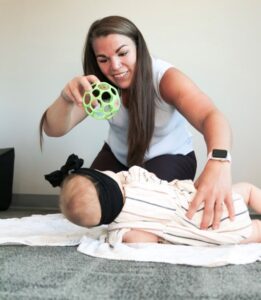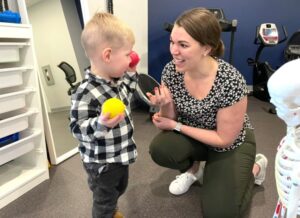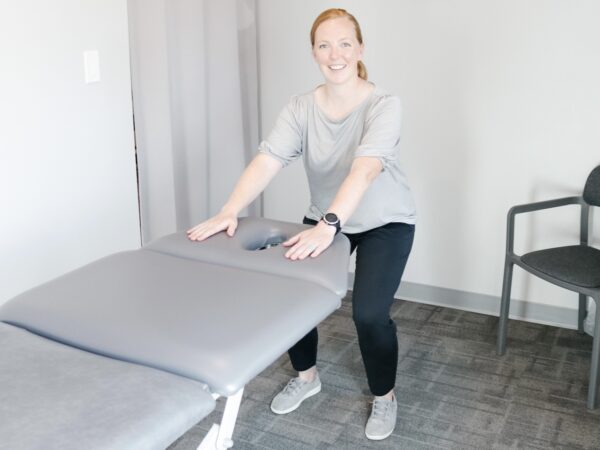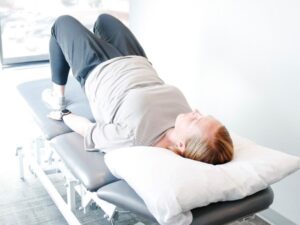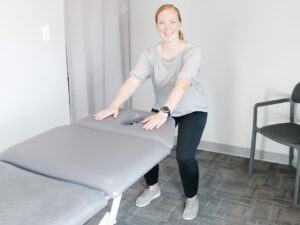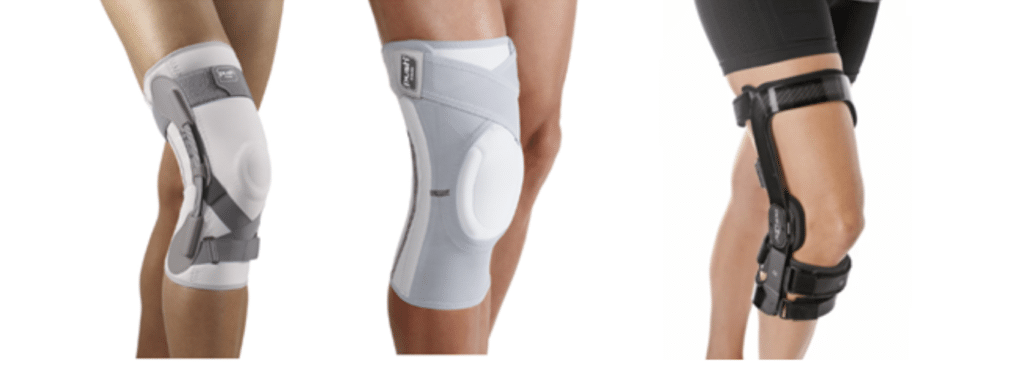If you’re living with back or neck discomfort, struggling with headaches, or recovering from a workplace or sports injury, chiropractic care may offer the solution you’ve been looking for. Whether it’s your first appointment or your first time seeking care in the community, this guide explains what to expect when you visit a chiropractor in Blackfalds and how the team at Stride can help you feel and move better.
Chiropractic Care: A Whole-Body Approach
Chiropractic treatment is more than just spinal adjustments. At Stride Physiotherapy & Wellness, your chiropractor will assess your entire musculoskeletal system. They will examine how your joints move, how your muscles function, and how your posture and daily habits might be contributing to discomfort.
Rather than offering a one-size-fits-all solution, chiropractic care at Stride in Blackfalds is tailored to your needs. The goal is to restore joint alignment, improve mobility, and reduce muscle tension through hands-on techniques such as joint manipulation, soft tissue therapy, and movement-based strategies (Cleveland Clinic, 2022).
What Does a Chiropractor in Blackfalds Treat?
At Stride’s Blackfalds location, chiropractic care is available for a wide range of concerns. Our chiropractor supports patients of all ages and activity levels, with treatment plans built around your goals and lifestyle.
Common conditions include:
Muscle and Joint Issues
- Neck pain, back pain, and sciatica
- Herniated discs or joint stiffness
- Shoulder, hip, or knee pain
- Muscle tension and spasms
Postural and Movement Problems
- Tech neck and forward head posture
- Limited mobility from sedentary habits
- Workplace strain and repetitive stress injuries
Nerve-Related Symptoms
- Tension headaches and migraines
- Carpal tunnel and pinched nerves
- Radiating discomfort in arms or legs
Sports and Activity-Related Injuries
- Sprains and strains
- Shin splints and plantar fasciitis
- Tennis elbow, golfer’s elbow, or IT band syndrome
Your chiropractor may also provide advice on nutrition, ergonomics, and stretching routines to support your recovery and help prevent future issues (CCA, 2024).

What Happens During Your First Visit?
If you’re seeing a chiropractor in Blackfalds for the first time, your visit will begin with a conversation about your health history, current symptoms, and lifestyle. This is followed by a detailed assessment, which may include postural analysis, range of motion testing, and orthopaedic or neurological exams. Once your chiropractor has identified the root cause of your concern, they will walk you through a custom treatment plan.
This may include:
- Chiropractic adjustments to realign joints
- Soft tissue therapy to relieve muscle tightness
- Corrective exercises to strengthen weak areas
- Ergonomic tips to improve posture and comfort at work or home
Adjustments are performed using a controlled, manual technique to help restore movement and reduce discomfort. Although you may hear a “popping” sound during the treatment, it is simply gas being released from the joint space and is not harmful (Cleveland Clinic, 2022).
Is It Safe to See a Chiropractor in Blackfalds?
Chiropractic adjustments are a safe and effective option when delivered by a licensed professional. Most people feel immediate relief or improved mobility following treatment. Some may experience mild soreness for 24 hours, but this typically resolves quickly and becomes less frequent with regular care (Cleveland Clinic, 2022). Our chiropractor at Stride will conduct a complete screening before beginning care. If chiropractic treatment isn’t the right fit for your condition, you’ll be referred to another trusted healthcare provider.
Why Choose Stride’s Chiropractor in Blackfalds?
Stride Physiotherapy is proud to now offer chiropractic care in Blackfalds. With a strong reputation for evidence-based, patient-centered care, Stride’s integrated approach ensures that you receive personalized support from your first appointment onward.
The Blackfalds location currently offers chiropractic care, providing focused, one-on-one treatment in a supportive and professional setting. Whether you’re managing chronic discomfort or recovering from an injury, your chiropractor will work closely with you to create a personalized plan that helps you move and feel better.
Take the First Step Today
If you’ve been searching for a chiropractor in Blackfalds, you don’t need to wait for a referral or let discomfort hold you back. At Stride, your care begins with a conversation and continues with evidence-informed treatment and ongoing support.
Book your assessment with our chiropractor in Blackfalds today and take the first step toward better movement, function, and comfort.
References
- Canadian Chiropractic Association. (2024, February 15). The top 6 common myths about chiropractic treatment. https://chiropractic.ca/the-top-6-common-myths-about-chiropractic-treatment/
- Cleveland Clinic. (2022, April 25). Chiropractic adjustment. https://my.clevelandclinic.org/health/treatments/21033-chiropractic-adjustment
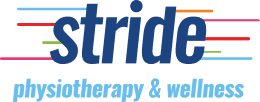



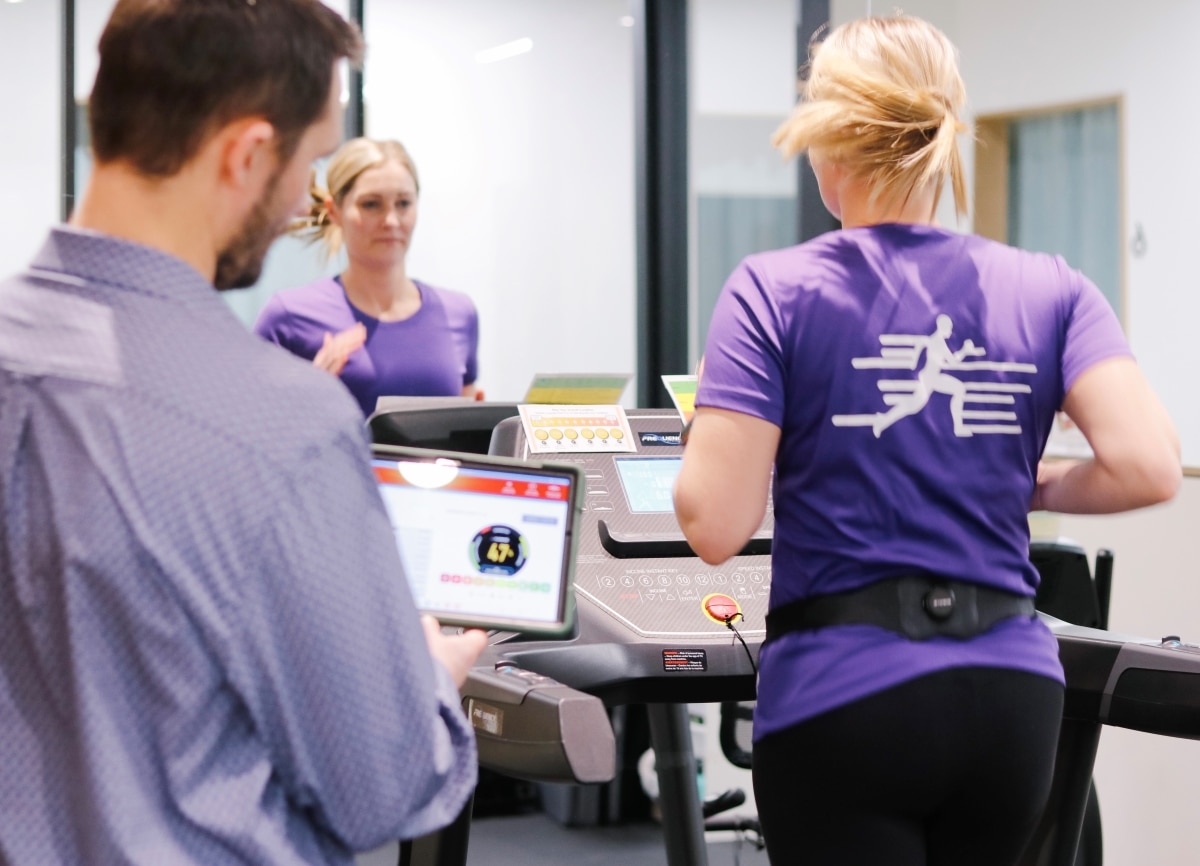



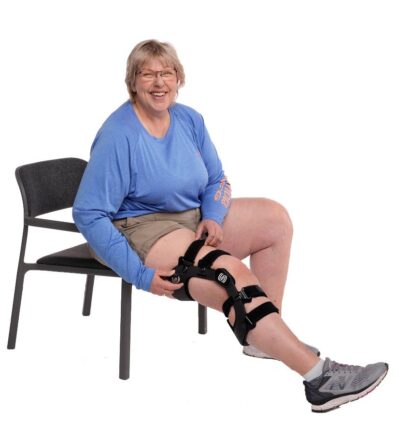
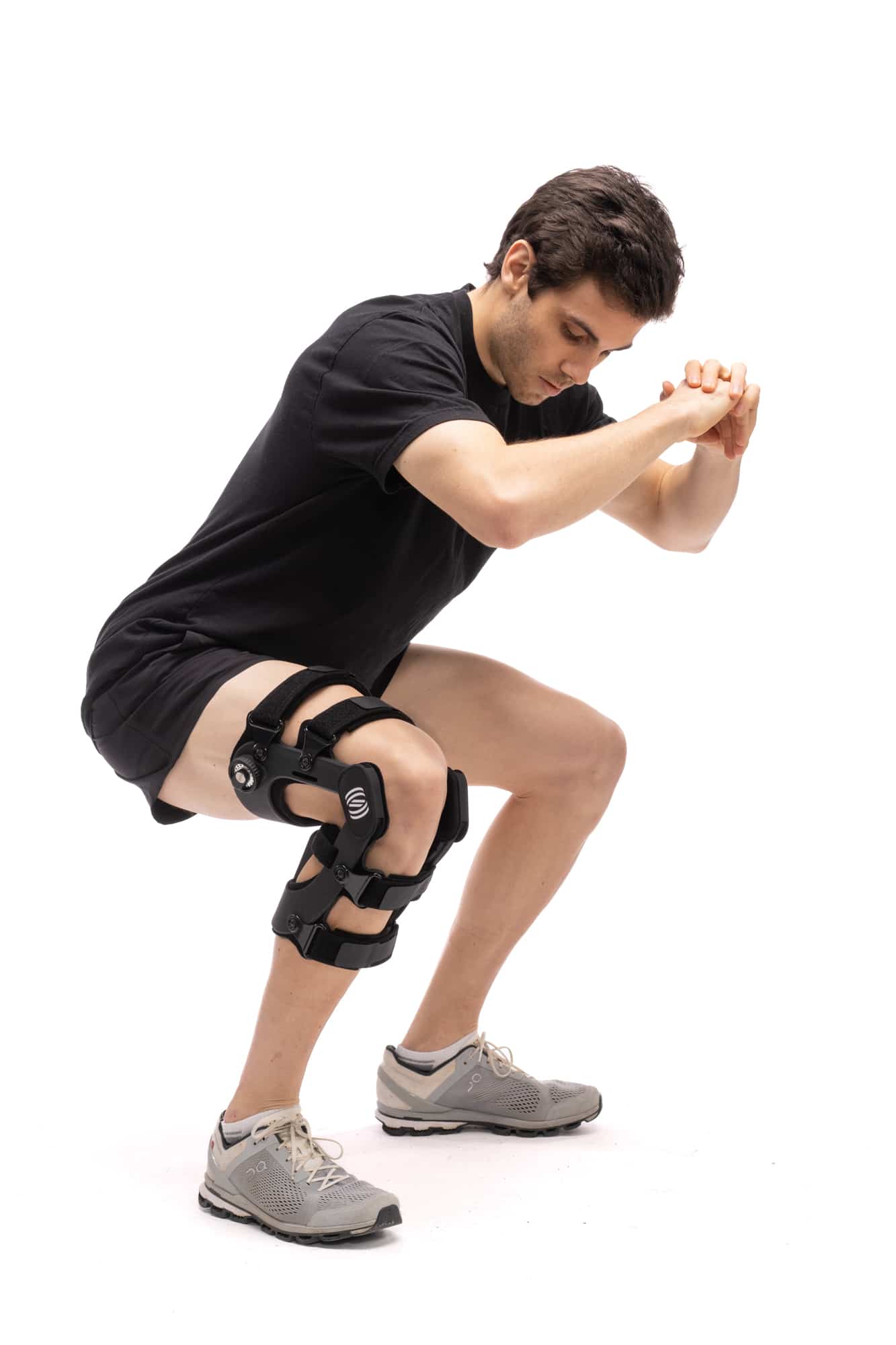
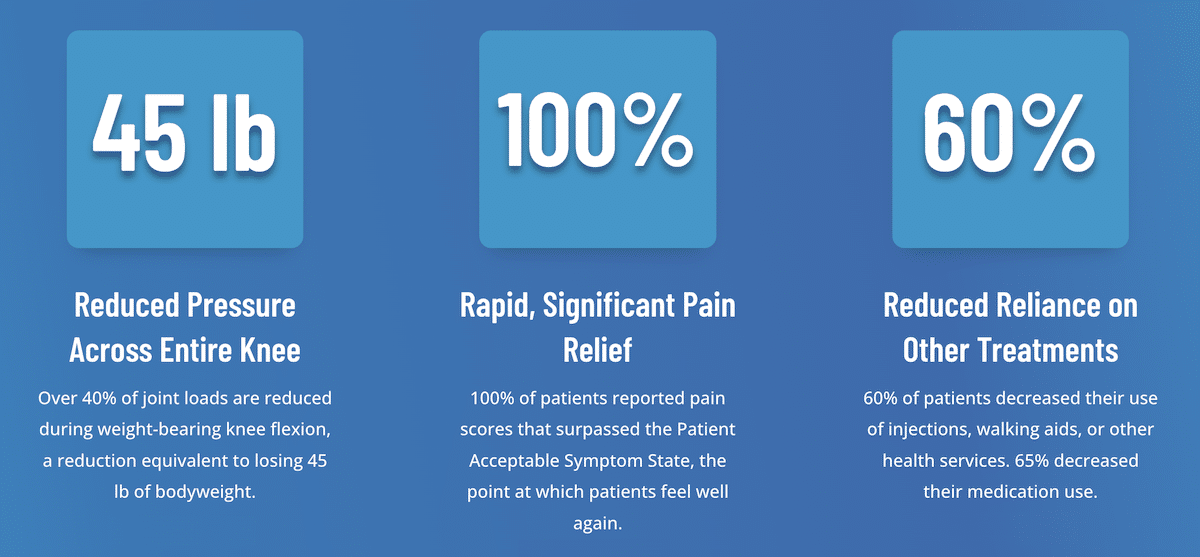
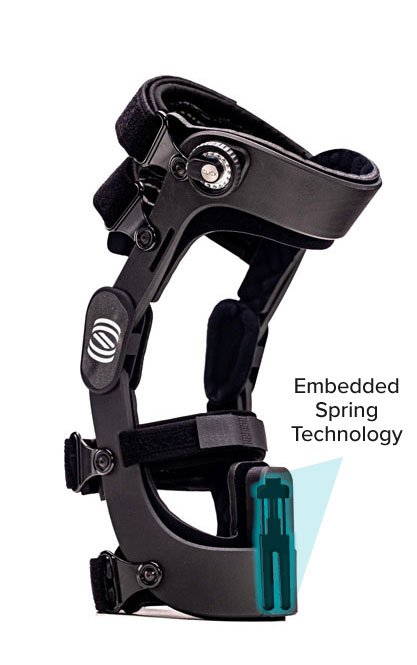
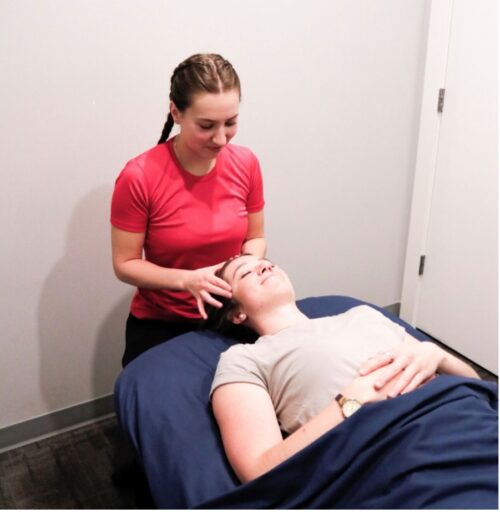
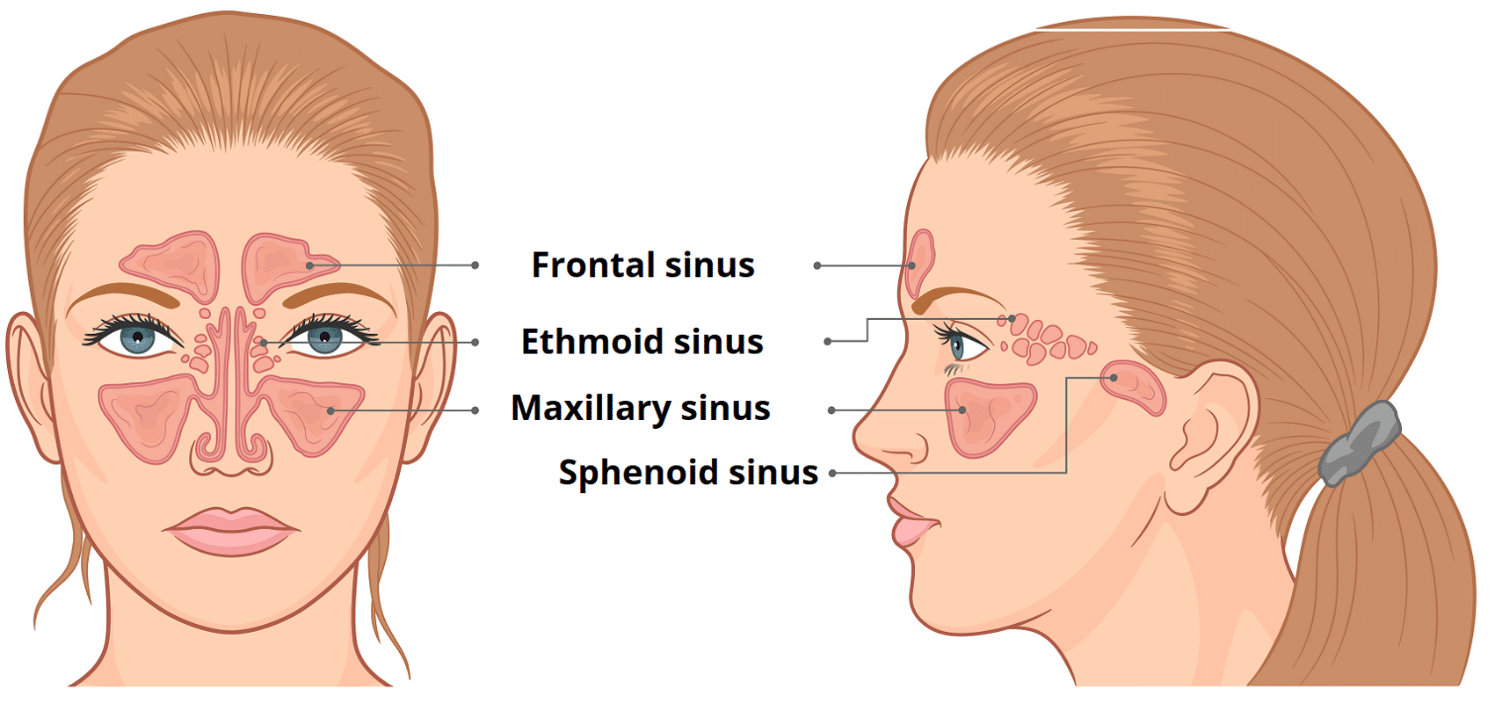
![[frontal sinus massage start position]](https://www.stridephysiotherapy.ca/wd/wp-content/uploads/2023/03/Sinus-Massage-1-300x225.jpg)
![[frontal sinus massage end position]](https://www.stridephysiotherapy.ca/wd/wp-content/uploads/2023/03/Sinus-Massage-2-1-300x255.jpg)
![[ethnoid sinus headache massage]](https://www.stridephysiotherapy.ca/wd/wp-content/uploads/2023/03/massage-2-start-277x300.jpg)
![[ethnoid sinus headache massage end position]](https://www.stridephysiotherapy.ca/wd/wp-content/uploads/2023/03/massage-2-end-300x224.jpg)
